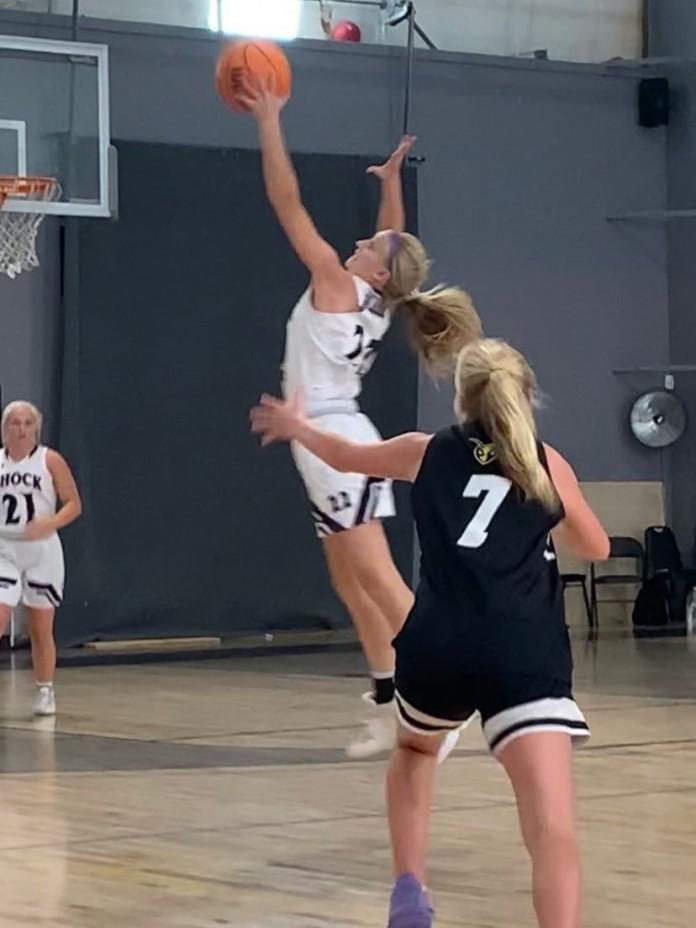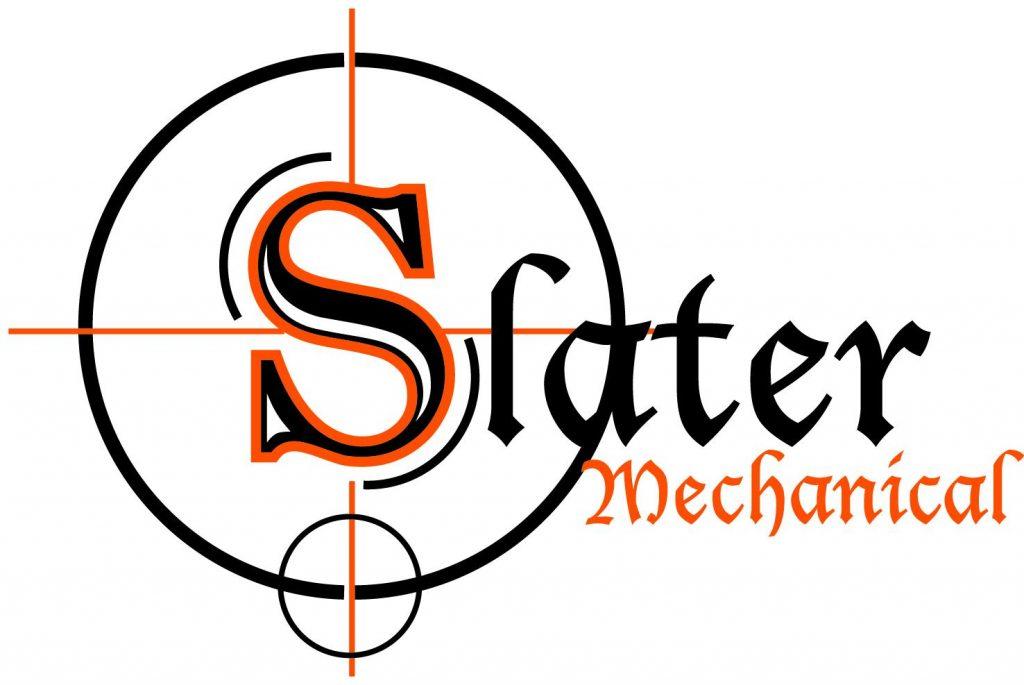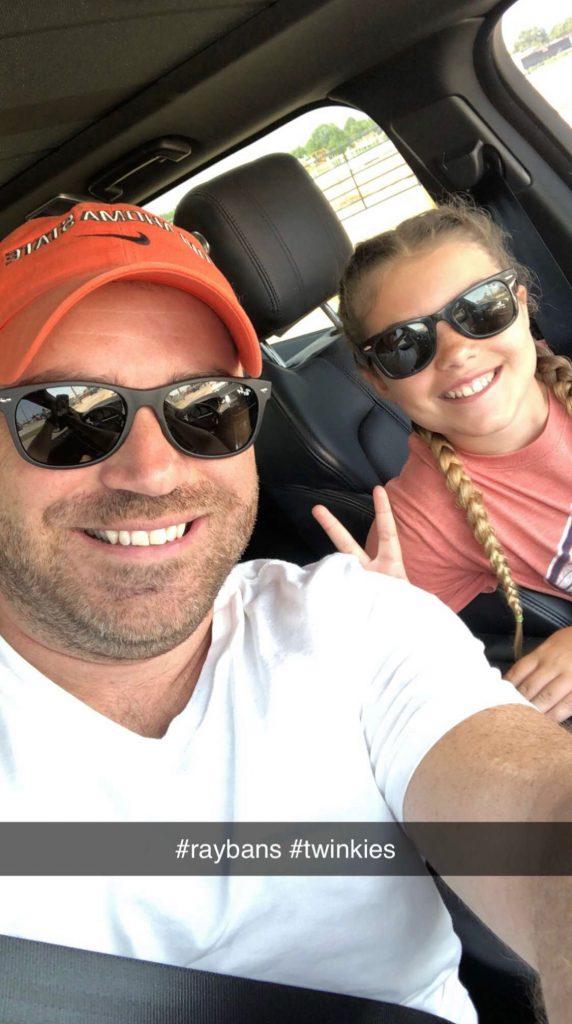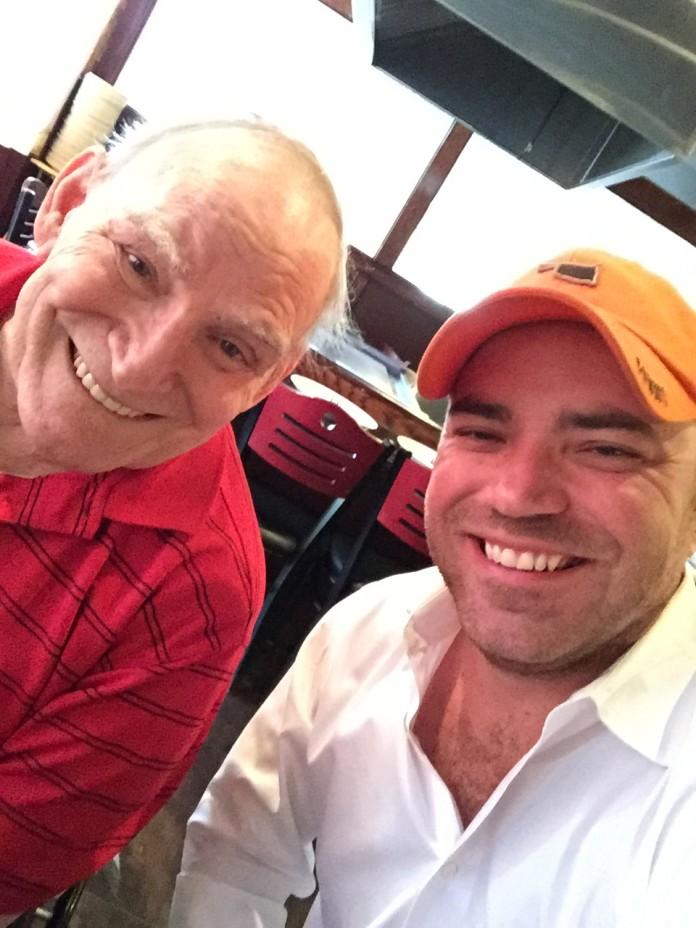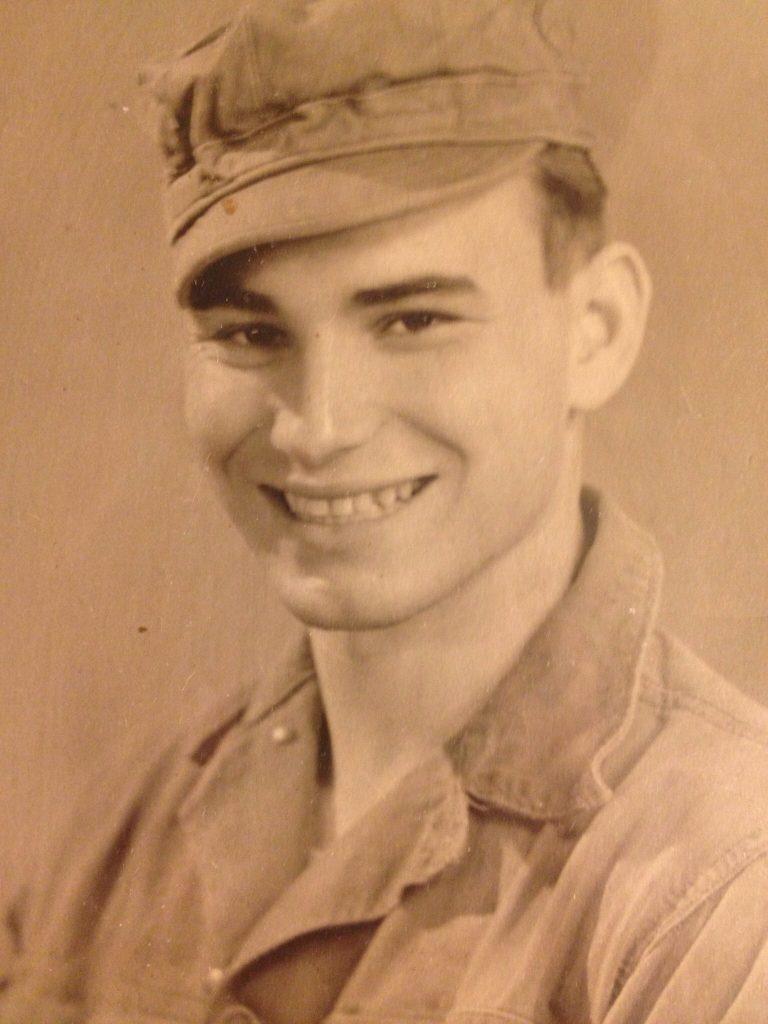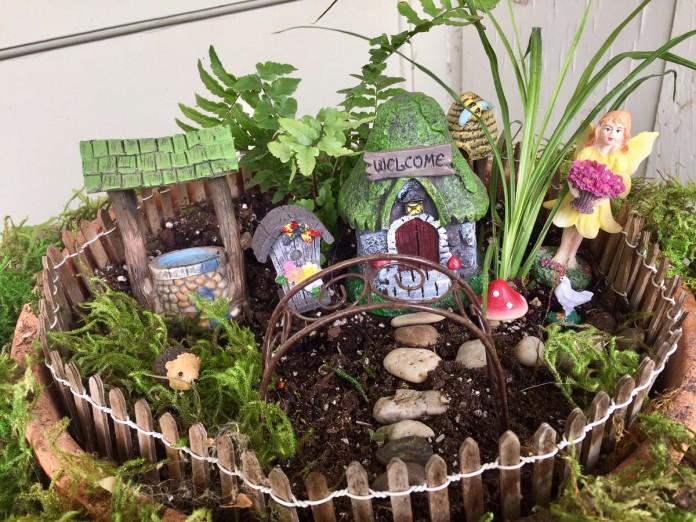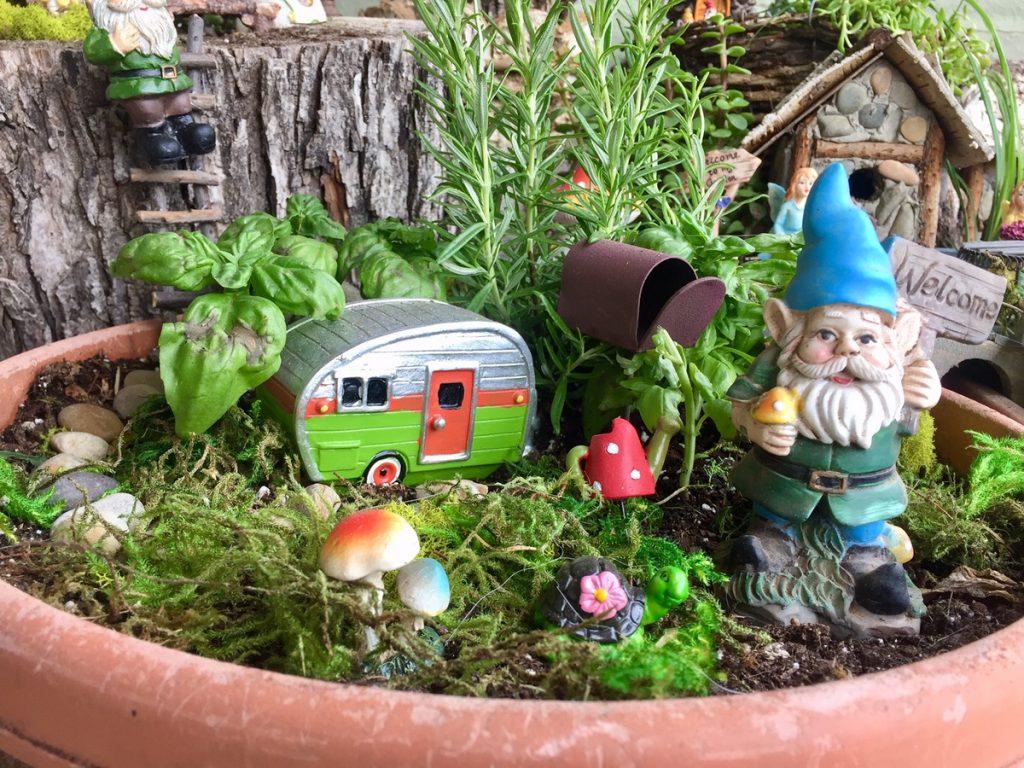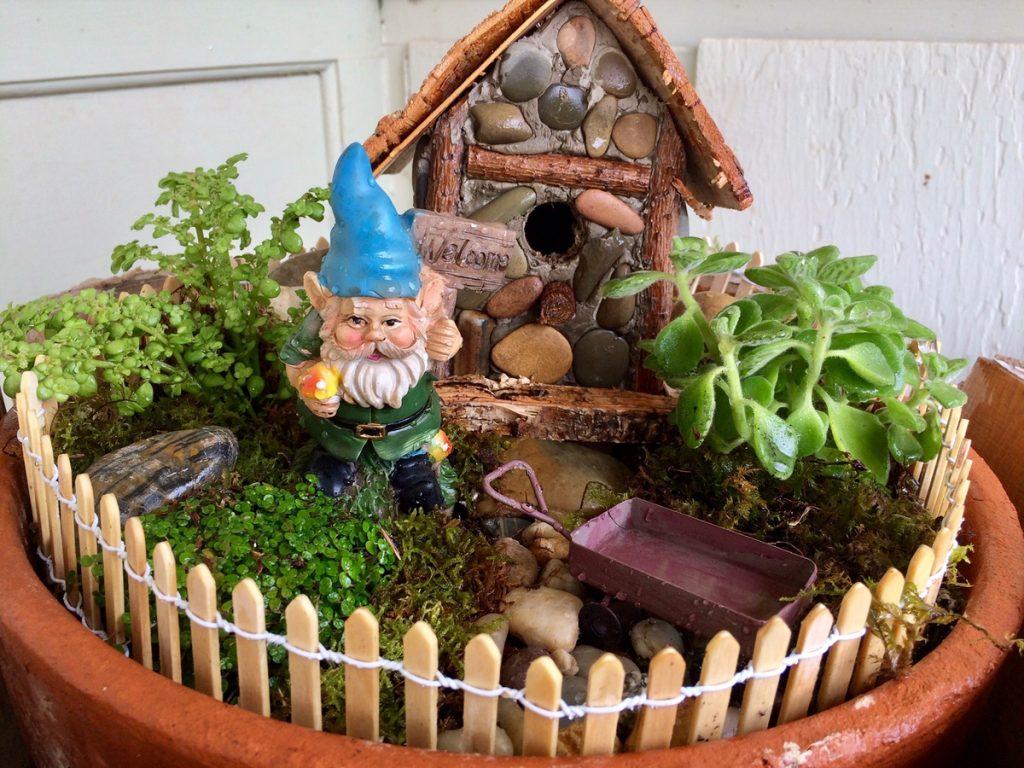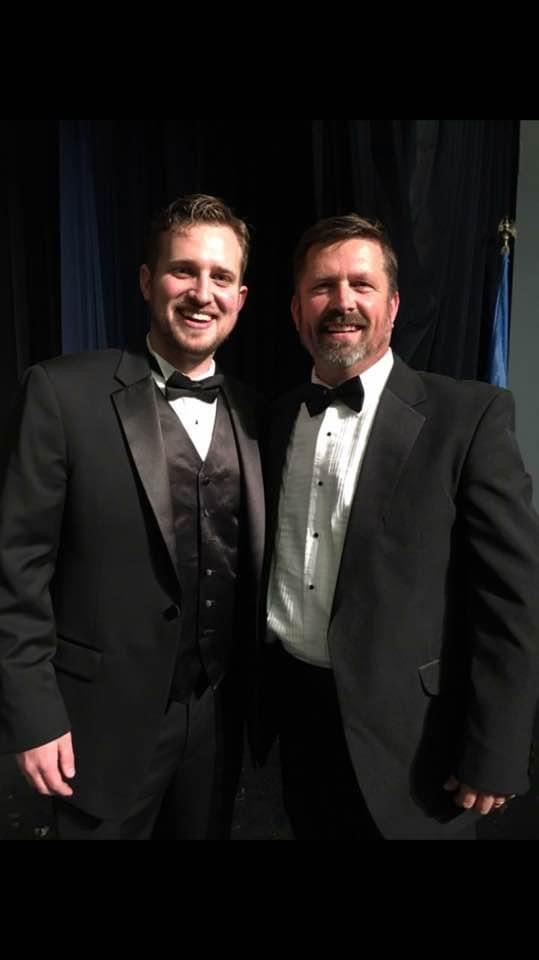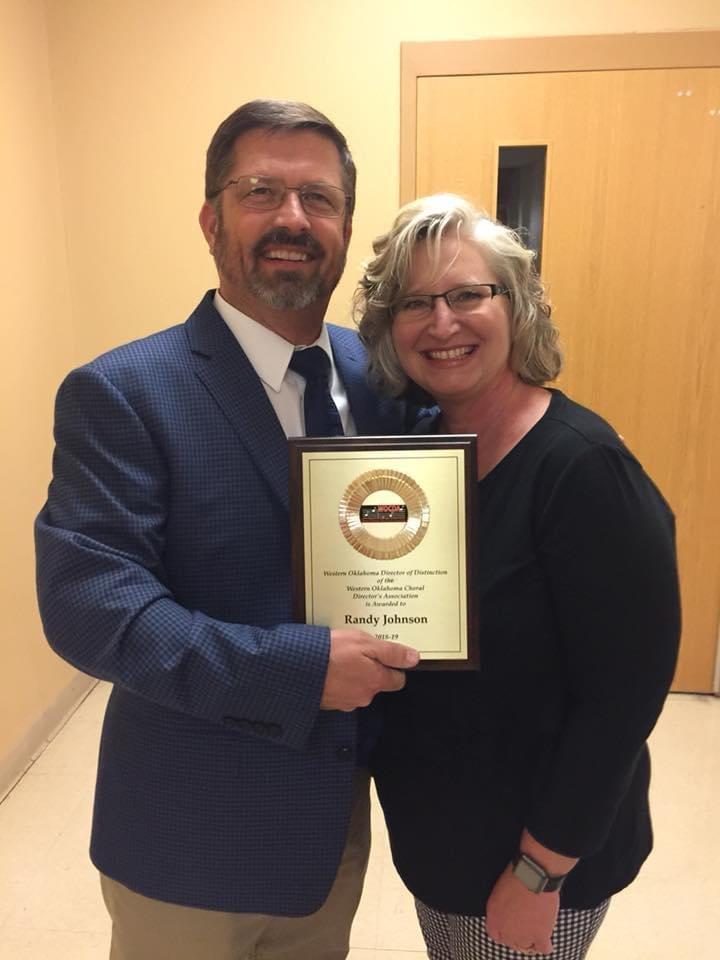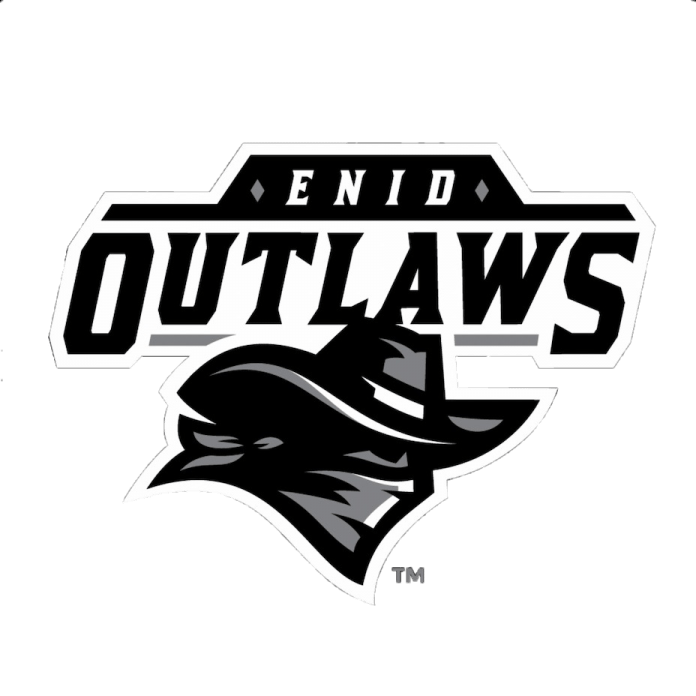Story by Gracie Holder
As the school year and final sports are coming to a close, the introduction to a new era is present for those who wish to broaden their competitive realm: traveling-sporting teams. The regulation of a variety of summer sports ranging from soccer and tennis to golf and basketball showcases the inclination of athletes to improve themselves during their summer breaks. Although some athletes may choose to simply await their school sporting season, there are a large number of athletes that choose to commit to summer sports to refine their skills. Alice Watkins, Chisholm High School athlete shares her perspective on how competitive summer basketball team has aided her as an athlete.
Alice has been actively a part of competitive summer basketball for the past five years: starting in 6th grade. Her summer basketball team is an organization called Oklahoma Shock. Because of her loyalty to this organization and its intentions, Alice has devoted many hours and weekends with her team in the summer in hopes that her participation would lead to success in her future. Alice talks about the amount of time the summer competitive basketball team requires of her. “We practice once a week as a team. I like what we work on while we are there, and it is challenging while still being fun. My coaches encourage us to work on ourselves as individual players. This often leads them to challenge us to put in extra work on our own. Furthermore, over the summer we play about 32-40 games together,” Watkins said.

While many student-athletes wish to spend their summer in relaxation from their distinguished sports, this is not the case for Watkins. As she mentioned, not only is the number of hours invested vital but the traveling experience is important as well: “My team travels frequently in the summer. We usually have tournaments every two weeks during the summer weekends—mostly traveling to Oklahoma City and Edmond. Additionally, we also attempt to play in Kansas, usually in the Wichita area—seeking tournaments with new, intensified competition. This year we are going to Kentucky for a tournament as well.”
Although Alice devotes time practicing, playing, and traveling for her summer-competitive basketball team, she also is granted opportunities that further enrich her summer experience and development of her friendships with others. For reference, Alice embarked on the most treasured aspect of her commitment to her summer basketball team. “My favorite part of playing during the summer is witnessing the level of competition from all areas. The games themselves are always energetic and competitive. It is also a completely different experience than school ball which is a nice contrast,” Watkins says. For those who are able, Watkins promotes the advantages of a summer sporting team due to the enriching experience it reaps; reinforcing individual improvement leads to the refinement of a team as a whole.
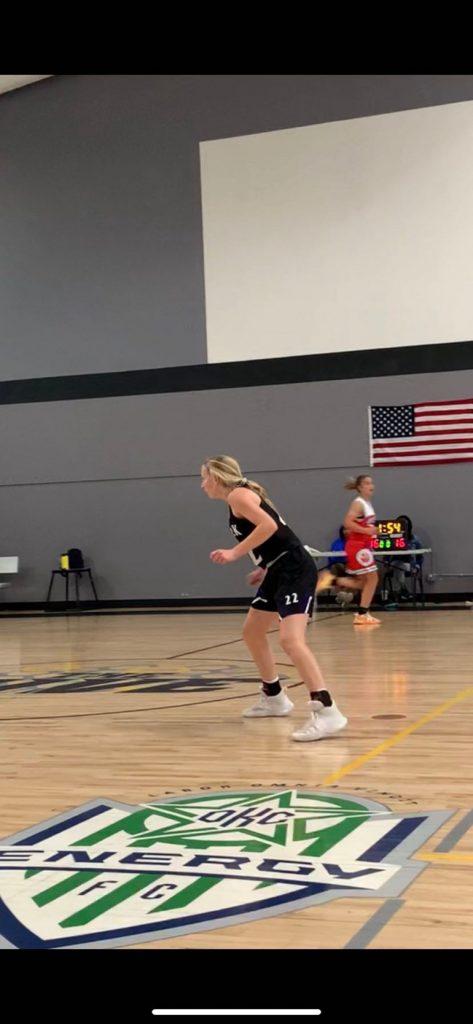
Finally, Alice described why this commitment is essential to her responsibilities as an athlete in the long run. “Playing in the off-season with my summer team has made me the player that I am today. Without my summer coaches and teammates, I would not know the game or play the game of basketball like I do today. It definitely prepares me for the upcoming school season—mentally and physically,” Watkins conveyed. This dedication to playing in the off-season has truly transformed how her regular season is played. Lastly, learning from adversities in the game of basketball have made her cognizant of improvements and beneficial tips: “The commitment to this team affects me as a player by wanting to see myself succeed. There is always competition at every practice and tournament for me—making me want to challenge myself and work hard on what I need to improve on”.
Alice has already begun practice for her summer basketball season. Her first showcase tournament will be May 8-9. Best of luck to you, Alice!




